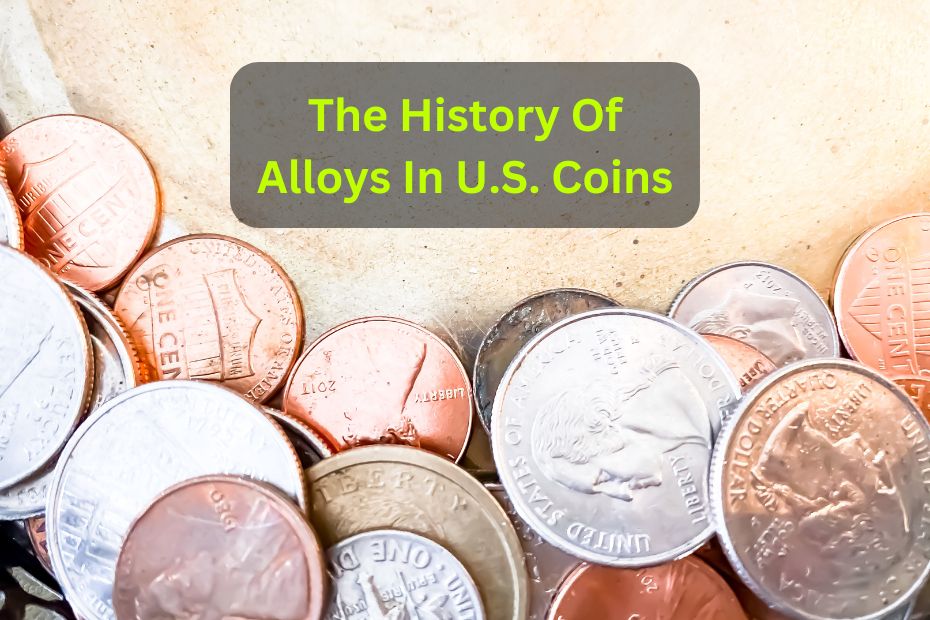Alloys have played a crucial role in the history of U.S. coins, shaping their appearance, durability, and value. Understanding the evolution of coin compositions provides insights into broader economic, technological, and cultural trends.
Early History of U.S. Coins
The United States has a rich history of coinage, dating back to its colonial period. Early coins were typically made of precious metals such as gold and silver, reflecting the economic realities of the time.
The Shift to Bimetallic Alloys
As the nation grew and its economy expanded, the need for a standardized coinage system became apparent. This led to the adoption of bimetallic alloys, combining different metals to achieve desired properties.
The Coinage Act of 1792
The Coinage Act of 1792 established the foundation for the U.S. monetary system, including specifications for coin composition. This landmark legislation laid the groundwork for the use of specific alloys in U.S. coins.
The Era of Copper and Nickel Alloys
During the 19th century, copper and nickel emerged as key components of U.S. coinage. These alloys offered a balance of durability and affordability, facilitating widespread circulation of coins.
Silver Alloys in U.S. Coins
Silver has long been prized for its beauty and value, making it a popular choice for coinage. Over the years, changes in silver content reflected shifting economic priorities and realities.
The Gold Standard
The adoption of the gold standard in the late 19th century further influenced coin composition, with gold becoming the standard for larger denominations. This period marked a significant milestone in the history of U.S. coinage.
Modern Coin Alloys
In the modern era, advancements in metallurgy have led to the development of sophisticated alloys tailored to specific coinage needs. These alloys offer enhanced durability, security, and cost-effectiveness.
Innovations in Coinage Technology
Technological innovations have revolutionized the production of coin alloys, enabling intricate designs and precise specifications. These advancements have expanded the creative possibilities for coin designers and minting facilities.
Collecting Alloys: Numismatic Perspectives
Coin collectors often pay close attention to coin composition, as certain alloys can affect a coin’s rarity and value. The study of coin alloys adds depth and complexity to the field of numismatics.
Environmental Considerations
The production of coin alloys has environmental implications, prompting efforts to minimize waste and reduce pollution. Sustainable practices are increasingly being adopted to mitigate the ecological footprint of coinage.
Alloys and Counterfeiting
Alloys play a crucial role in preventing counterfeiting, as unique compositions can be difficult to replicate. Ongoing research and development aim to stay ahead of counterfeiters and preserve the integrity of U.S. coins.
Future Trends in Coin Alloys
Looking ahead, continued innovation in alloy technology promises to shape the future of coinage. New materials and manufacturing techniques hold the potential to further enhance the functionality and aesthetics of U.S. coins.
Cultural Significance of Coin Alloys
Beyond their practical utility, coin alloys carry cultural significance, reflecting national identity and heritage. The choice of metals and designs embodies historical narratives and values cherished by society.
Conclusion
The history of alloys in U.S. coins is a testament to the nation’s economic, technological, and cultural evolution. From the earliest colonial coins to modern minting innovations, the composition of U.S. coins continues to fascinate and inspire collectors and historians alike.
FAQs
Why are alloys used in coinage?
Alloys are used in coinage to enhance durability, prevent counterfeiting, and manage production costs.
How have coin compositions changed over time?
Coin compositions have evolved in response to economic, technological, and cultural factors, leading to shifts in metal usage and alloy formulations.
What role do collectors play in preserving coin compositions?
Collectors play a crucial role in preserving the history and significance of coin compositions through their passion for numismatics and the preservation of rare and valuable coins.
Are there any ongoing efforts to improve the environmental sustainability of coinage?
Yes, there are ongoing efforts to minimize the environmental impact of coin production, including the adoption of sustainable practices and the exploration of alternative materials.
How do coin alloys contribute to national identity?
Coin alloys contribute to national identity by symbolizing historical narratives, cultural values, and the collective memory of a nation’s people.
